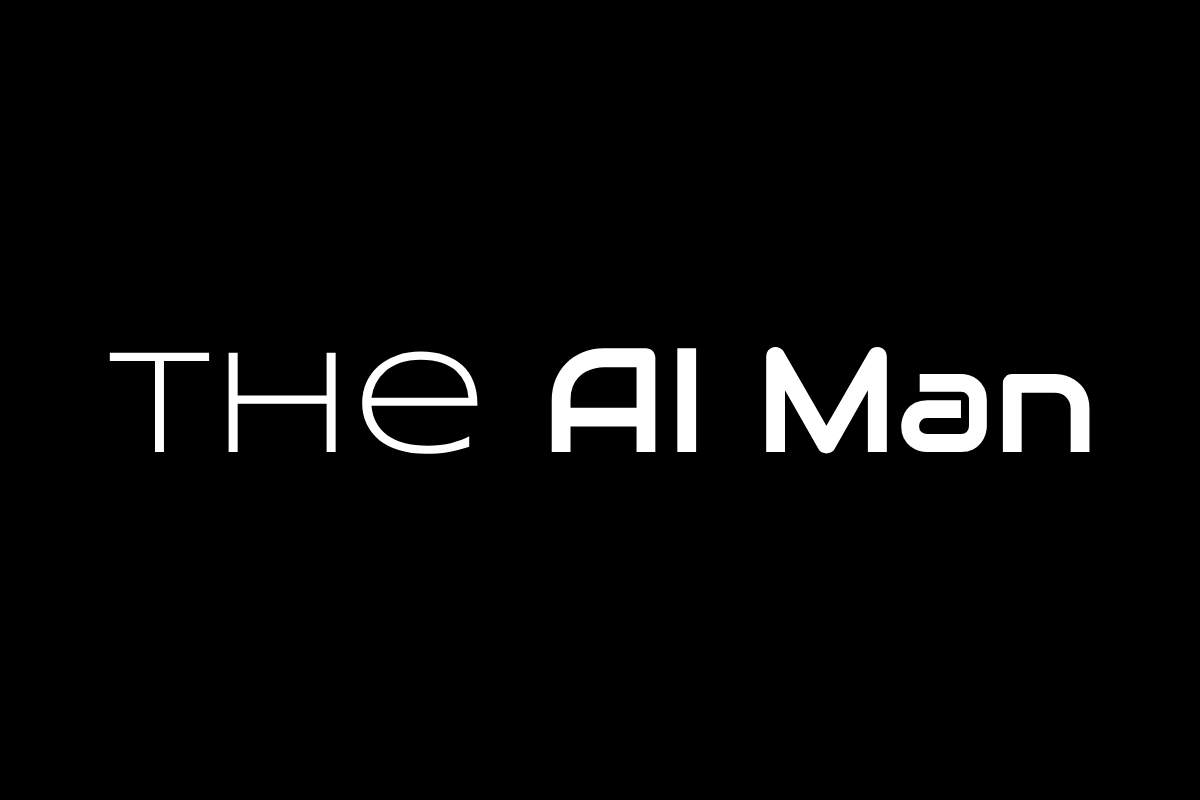
Scientists working with advanced battery testing equipment in a high-tech laboratory setting
Remember when finding a new material took scientists decades of trial-and-error? Well, AI just threw that playbook out the window and discovered five game-changing battery materials in what feels like the blink of an eye.
Imagine your phone charging in 10 minutes and lasting a week. Or your electric car charging faster than filling up a gas tank. Scientists at the New Jersey Institute of Technology have just used artificial intelligence to crack one of the biggest puzzles in energy storage—and the results could literally power our future.
We've been relying on lithium-ion batteries for decades, but they're hitting a wall. Lithium is getting scarce and expensive, and frankly, these batteries just can't keep up with our energy-hungry world. But AI just found five new materials that could change everything
The Lithium Crisis is Real
You know that feeling when your phone dies at 20%? That's not just annoying—it's a symptom of a much bigger problem:
Supply crisis incoming: Lithium demand is expected to increase by 40x by 2040, but we're already seeing shortages (NJIT Research )
Geography matters: 70% of lithium comes from just three countries—talk about putting all your eggs in one basket (Complete AI Training )
Environmental cost: Mining lithium requires massive amounts of water (500,000 gallons per ton!) and destroys local ecosystems (NJIT Study )
Performance plateau: Despite decades of improvements, lithium-ion energy density has barely doubled since the 1990s (Technology Networks)
What makes this fascinating is the abundance factor. While lithium ranks 25th in Earth's crust abundance, aluminum is the 3rd most abundant element, and magnesium can literally be extracted from seawater. It's like we've been fighting over diamonds when there's gold lying everywhere.


Imagine typing a simple prompt—and watching a full, professional website appear instantly. With Hostinger’s AI Website Builder, you can create stunning business sites, portfolios, or blogs in minutes.
No coding
No design skills needed
Just tell it what you want, and AI handles the rest: layout, colors or idea. Whether you’re launching a startup, promoting services, or showcasing your work, this tool makes it effortless.
🚀 Fast, smart, and beginner-friendly.
🎁 Special offer: Get 20% OFF today → Supercharge your website
AI Becomes a Materials Detective
Traditional material discovery is like trying to find a needle in a haystack blindfolded. Scientists would spend years testing one material combination at a time. The NJIT team unleashed two AI systems that work like the ultimate scientific tag team:
Crystal Diffusion Variational Autoencoder: An AI architect that designs completely new crystal structures from scratch (Science Daily )
Fine-tuned Large Language Model: Acts like a chemistry expert, identifying which materials are actually stable enough to build
The magic combination: Together, they screened thousands of potential materials in hours instead of centuries (Cell Reports Physical Science )
Speed comparison: Microsoft and Pacific Northwest National Laboratory screened 32 million materials down to 18 candidates in just 80 hours—work that would have taken over 20 years traditionally (BBC )

Professor Dibakar Datta from NJIT put it perfectly: "We turned to generative AI as a fast, systematic way to sift through that vast landscape and spot the few structures that could truly make multivalent batteries practical."
The Five Game-Changers
AI discovered five new materials that are essentially superhighways for battery ions:
Multivalent magic: Unlike lithium ions (1 charge), these work with magnesium (2 charges), aluminum (3 charges), and zinc (2 charges) (Science Daily )
Energy density explosion: Aluminum-ion batteries could theoretically store 3x more energy than current lithium-ion technology (YouTube Analysis )
Abundance advantage: Magnesium, aluminum, and zinc are way more abundant and cheaper than lithium (Technology Networks )
Safety upgrade: These solid-state materials are much less likely to catch fire compared to liquid lithium electrolytes (NJIT Study )

Looking Ahead
The implications are incredible: smartphones that charge in 10 minutes or grid-scale energy storage that makes renewable energy 24/7 reliable.
The NJIT team is already planning collaborations with experimental labs to synthesize these materials. We're looking at a timeline where these batteries could hit the market within 5-7 years.
AI just solved a puzzle that's been stumping scientists for decades—and it did it faster than you can binge-watch a Netflix series. Your next phone might be powered by materials that didn't even exist a year ago. Now that's progress!
You heard it here first! 📰

